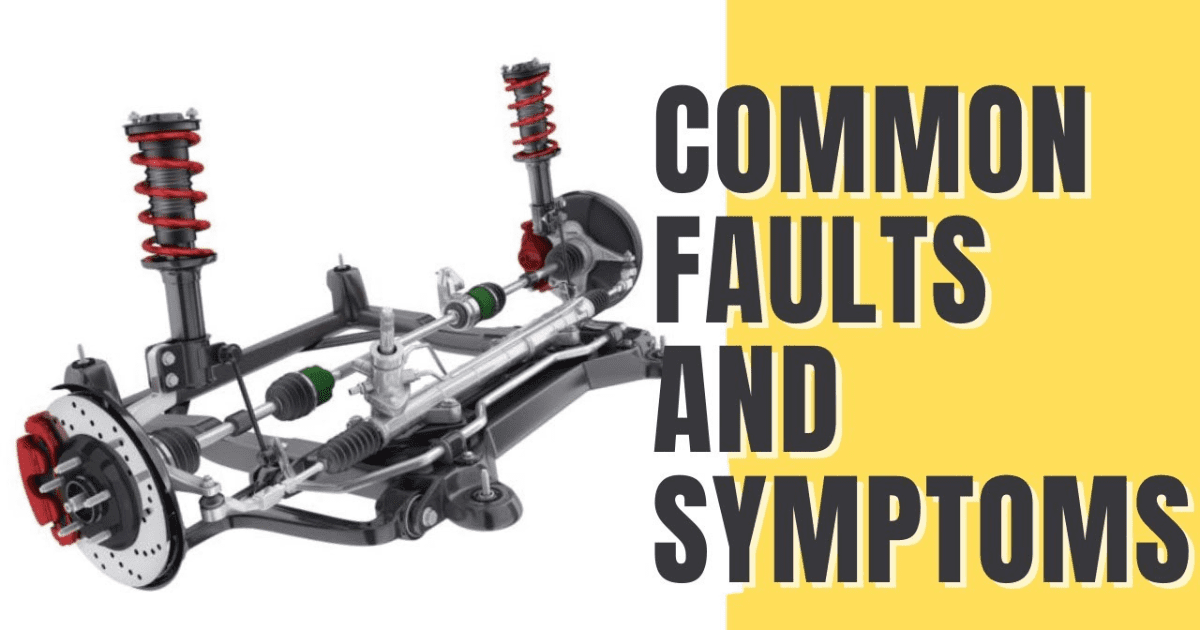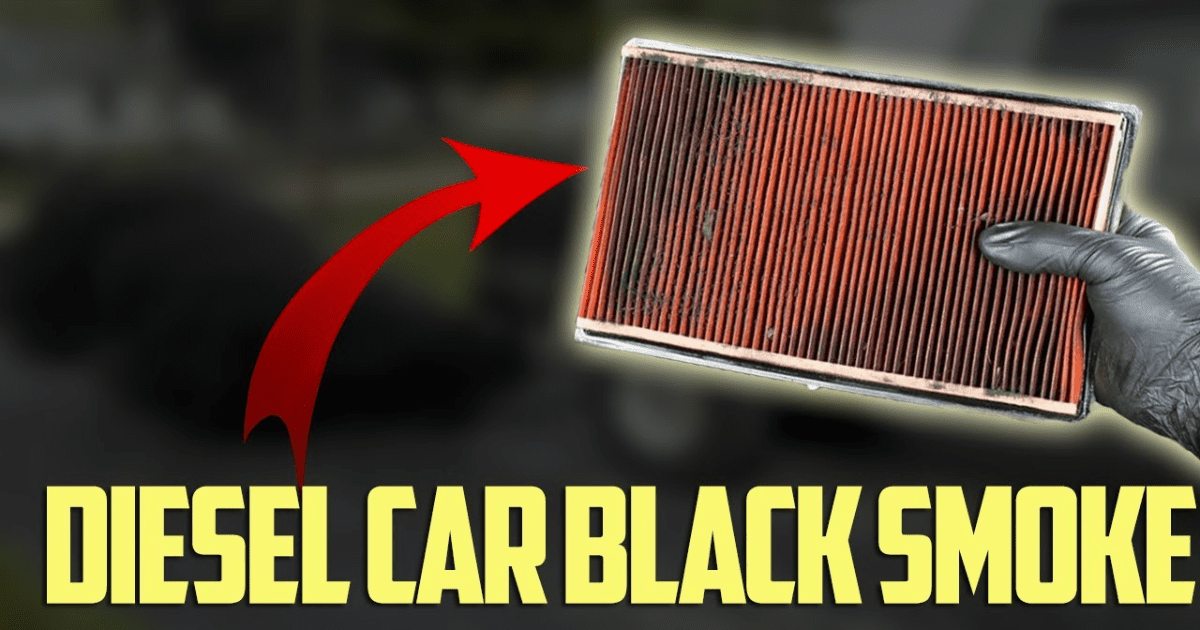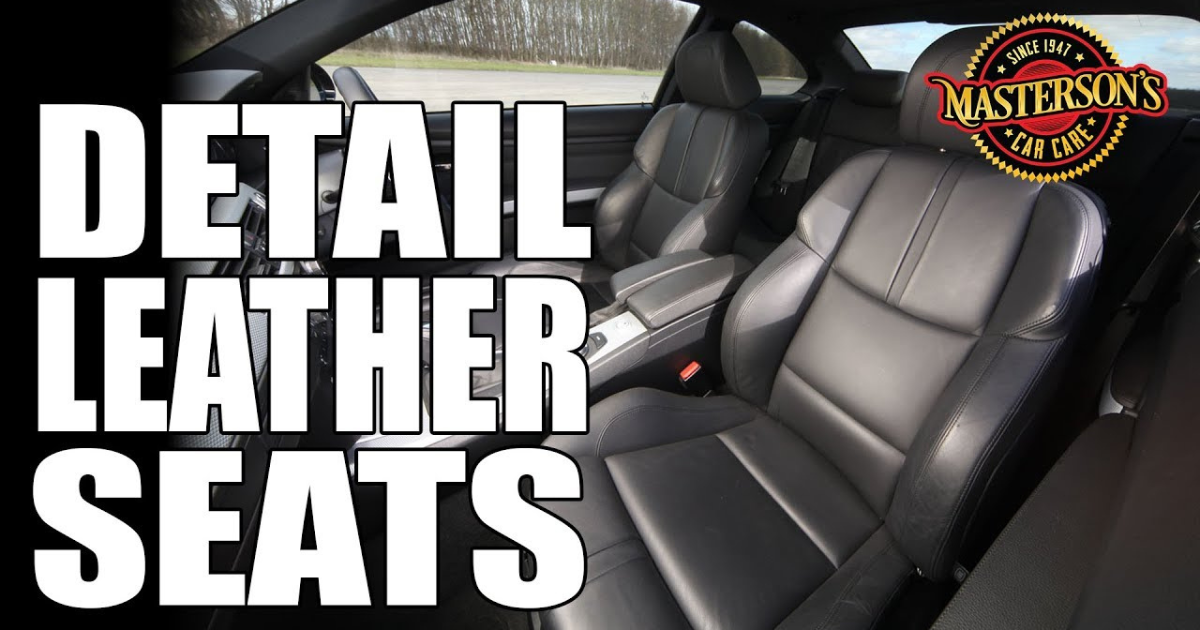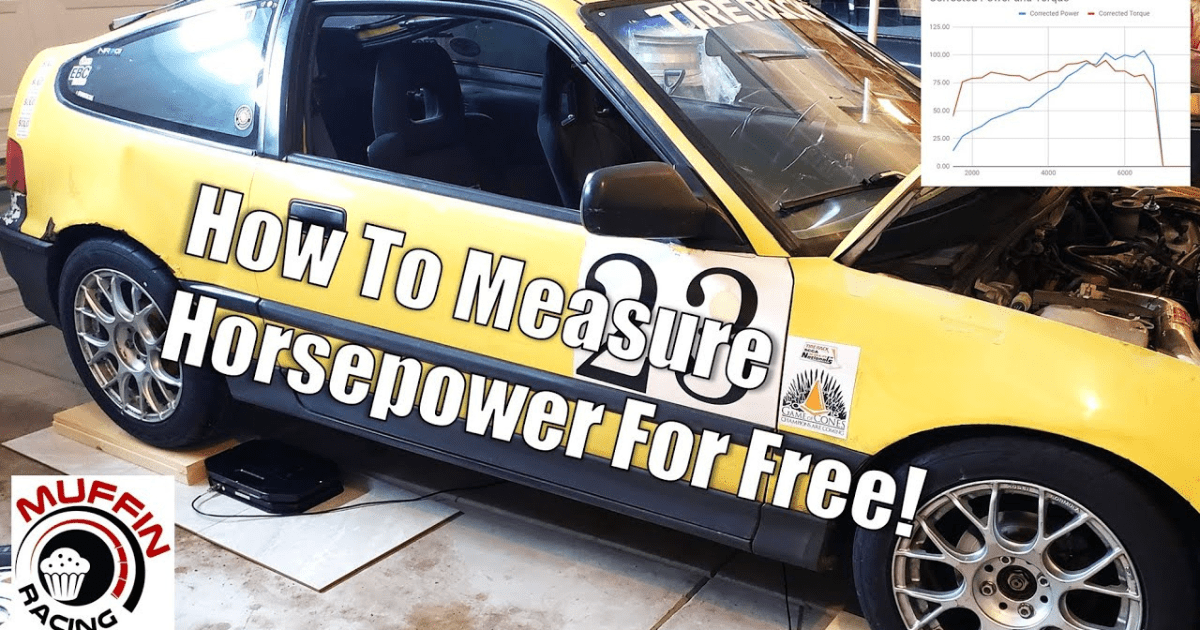If you’re experiencing issues with your car’s suspension, it can be a frustrating and confusing experience. In this guide, we’ll demystify some common suspension problems and provide a comprehensive troubleshooting FAQ to help you diagnose and fix the issue.
Q: What are the signs of a suspension problem?
A: Common signs of a suspension problem include uneven tire wear, excessive bouncing or swaying, a rough ride, vehicle pulling to one side, and unusual noises when driving over bumps.
Q: What should I check if my suspension feels bumpy or rough?
A: Check the condition of your shocks or struts, as worn or damaged ones can cause a rough ride. Also, inspect your tires for proper inflation and any signs of damage.
Q: What could cause my vehicle to pull to one side?
A: Several factors can cause your vehicle to pull to one side, such as misaligned wheels, uneven tire pressure, worn suspension components, or a dragging brake caliper.
Q: Why is my suspension making strange noises?
A: Strange noises from the suspension can indicate worn-out bushings, ball joints, or sway bar links. Loose or damaged suspension components may also contribute to the noise.
Q: How can I determine if my shocks or struts need replacement?
A: Perform a bounce test by pressing down firmly on each corner of the vehicle and releasing. If the vehicle continues to bounce excessively, it may be a sign of worn shocks or struts.
Q: What should I do if I suspect a suspension problem?
A: If you suspect a suspension problem, it is recommended to have your vehicle inspected by a qualified mechanic. They can identify the issue and recommend appropriate repairs.
Common Suspension Problems and their Solutions
- Worn Shocks or Struts
Worn shocks or struts can cause a rough ride and excessive bouncing. Replacing them can improve ride quality and handling. - Misaligned Wheels
Misaligned wheels can cause your vehicle to pull to one side and result in uneven tire wear. Having your wheels aligned can help solve this issue. - Worn Suspension Bushings
Worn bushings can cause strange noises and affect your vehicle’s handling. Replacing them can help restore proper suspension function. - Damaged Ball Joints
Damaged ball joints can cause steering and suspension problems. If you suspect a ball joint issue, have it inspected and replaced if necessary. - Leaking Shocks or Struts
Leaking shocks or struts can cause a loss of fluid and affect their ability to absorb shocks. Replacing them can restore proper suspension function.
Suspension Maintenance Tips
Regular maintenance can help prevent suspension problems and prolong the life of your suspension components. Here are some tips to keep in mind:
- Inspect your suspension components regularly for wear or damage.
- Have your wheels aligned periodically to prevent uneven tire wear and improve handling.
- Replace worn or damaged suspension components promptly.
- Check the fluid levels in your shocks or struts and replace them as needed.
- Avoid overloading your vehicle, as this can put extra strain on your suspension components.
Conclusion
Suspension problems can be frustrating and confusing, but understanding the signs and causes can help you diagnose and fix the issue. By following the troubleshooting FAQ and maintenance tips in this guide, you can keep your suspension functioning properly and enjoy a smooth, safe ride.




